In the 1980's ford crown victorias, ford used direct-drive starters
that had an external starter solenoid located on the passenger's
fender. When PMGR (Permanent Magnet Gear Reduction) starters were
introduced as a running change part way into the 1990 model year, there
was also a solenoid located on the starter itself.
Unfortunately, the starter is located under the engine and is in
contact with large amounts of water and in the northeastern states:
road salt. In the 1990-1995 crownvics, ford used a push-on spade
connector setup that is subject to corrosion causing no-crank
condition. Starting in 1996, crown victorias recieved a ring/eyelet
connection for this connection. The solenoid pull-in current is around
40amps, the hold-in current is around 10amps. So it doesn't take much
too corrosion to cause a no-crank condition.
Below is a remanufactured starter motor for an early 1992 ford crown
victoria and a pre-owned spade connector from a 1992 crown victoria.
Note: Many of the images on
this page can be enlarged by clicking the left mouse button on the
appropriate picture in your web browser. If a red X appears instead of
an image, clicking the right mouse button in your web browser will
reveal a menu with the option to "show picture" which will attempt to
reload the selected picture from this server.
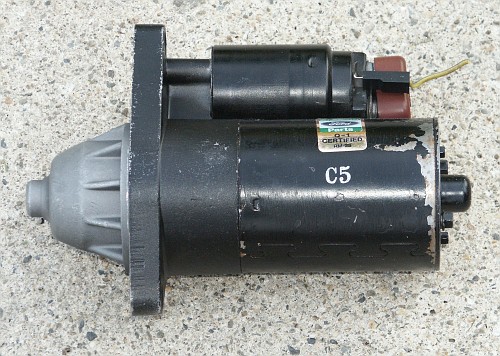
This starter has never been installed on a car, but there is some light
surface corrosion from sitting on a ford dealer's part shelf for around
15 years
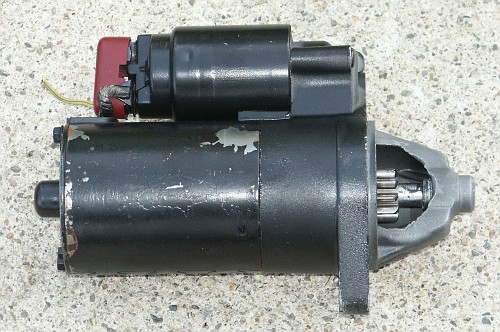
Here's the back of the starter.
Take note of the yellow wire with the blue stripe. This wire has +12V
present on it whenever the vehicle operator turns the ignition key to
the "start" position.
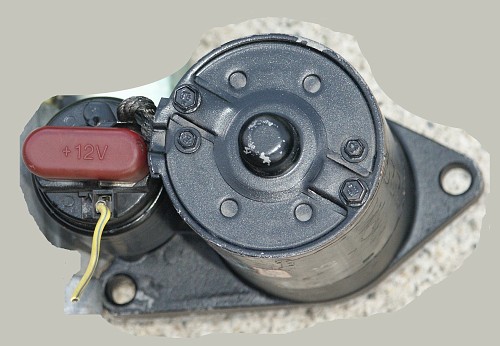
Here's the same starter but with the red safety cap over the high
current battery feeds connection points removed
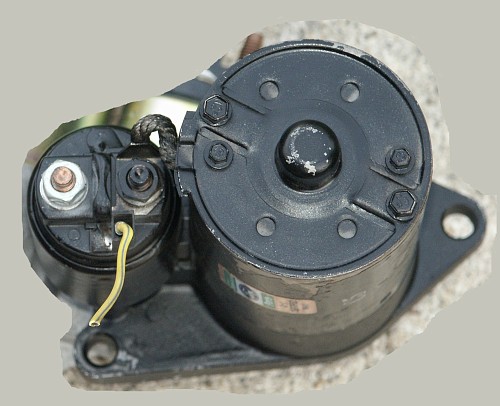
And here's the starter with the solenoid engagement signal wire removed
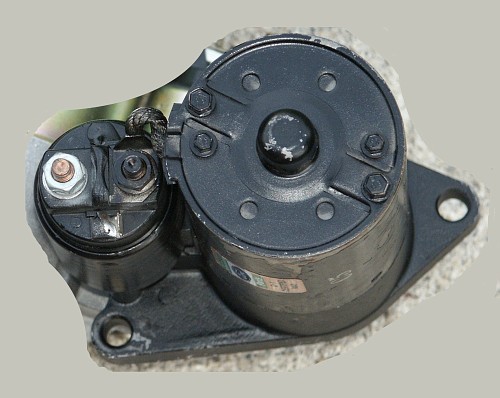
And from a different angle
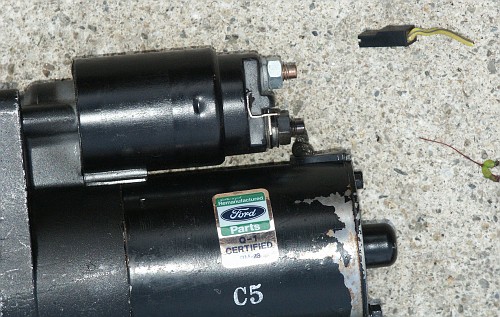
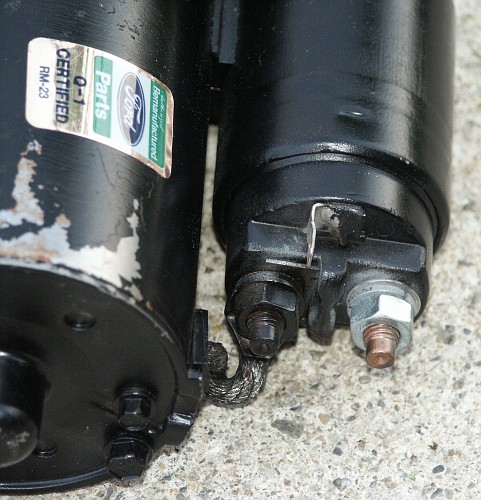
On starter motors that have actually been installed under a car for a
while, you'll usually find the starter engagement terminal is somewhat
corroded. But this is a NOS (New-Old-Stock) starter that has never been
in contact with liquid water.
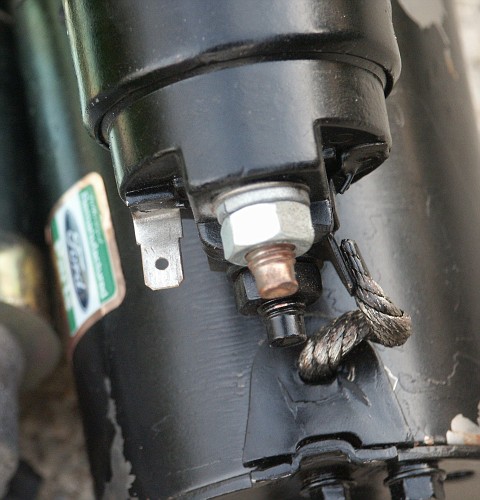
Corrosion on this terminal is not just a problem in the northeastern
salt-belt states, but also a problem in states like arizona and texas
where corrosion is not usually a significant issue with cars.
And the no-start condition caused by corrosion on these terminals can
be intermittent too. Sometimes the car will crank, sometimes not.
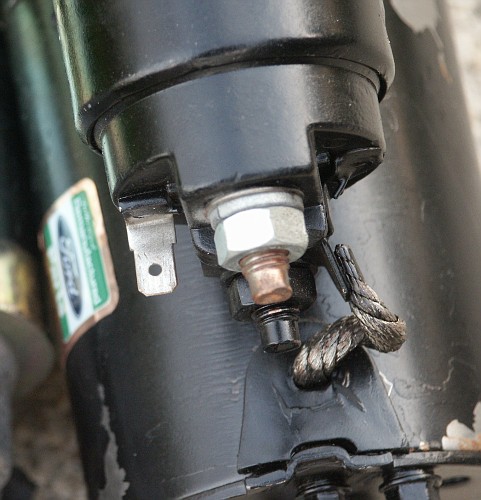
A quick/dirty temporary fix to corrosion on these terminals is to
remove the connector from the solenoid and then sand the terminal with
some emory cloth or fine sand paper. Sometimes, just the abrasion of
sliding the terminal on/off of the male spade a few times gets enough
current flowing through the connection that the starter will crank over
again. But for a permament fix, you'll want to upgrade to the later
ring/eyelet style connection on the vehicles harness and on the starter
motor itself.
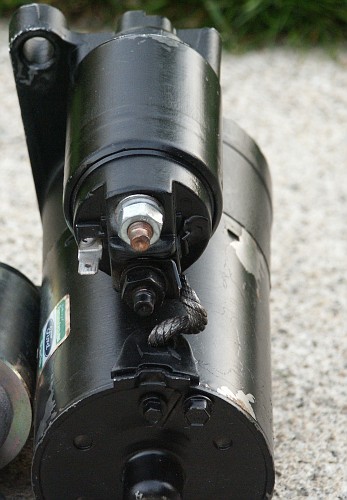
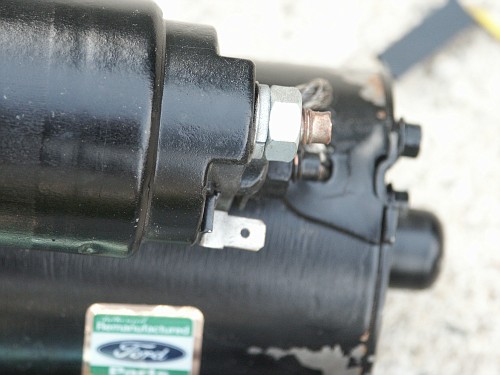
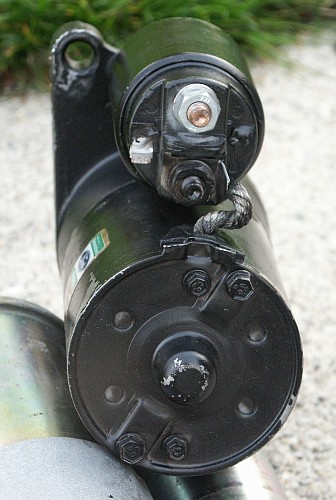
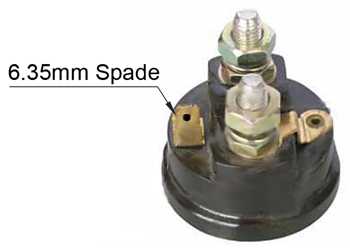
Here's the starter with the engagement wire back on it
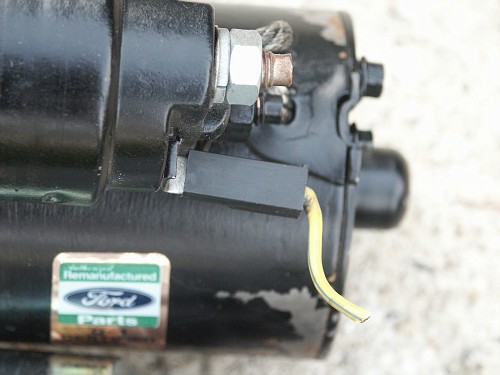
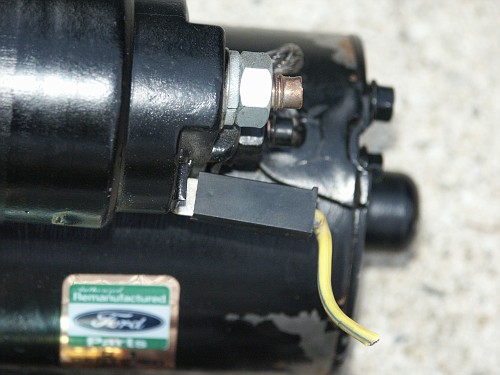
Here's the actual engagement wire and it's connector
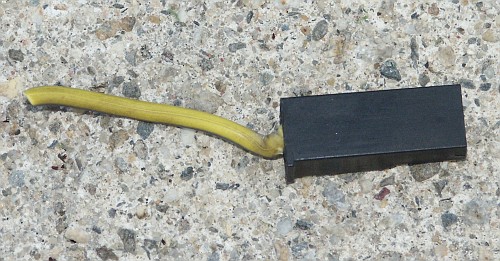
And flipped over
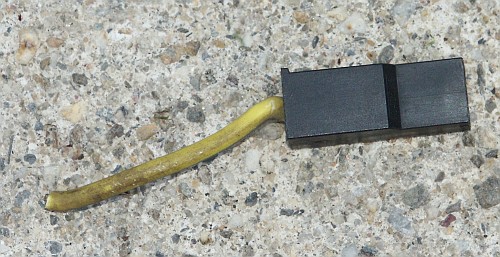
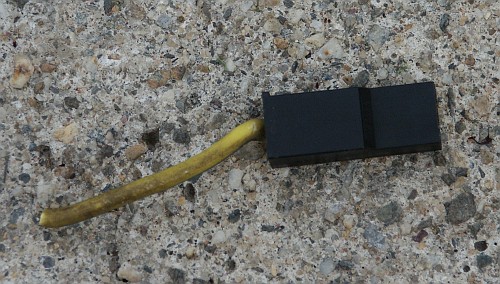
Here the metal portion of the inside of the connector is visibile. The
brown colored stuff inside is rust. This connector is from a 1992 crown
victoria that has spent over 15 years exposed to the elements.
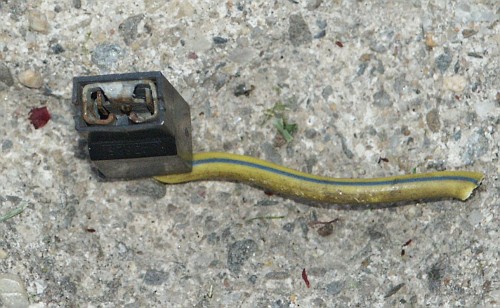
And from a slightly different angle
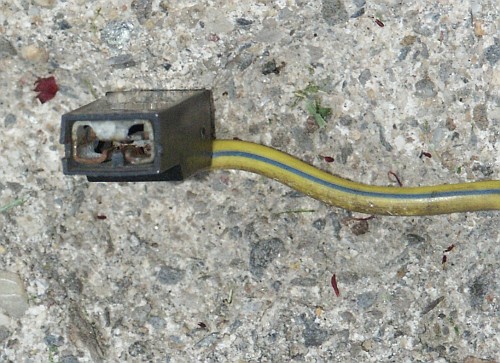
Here's the two-position protective cap from the donor 1992 crown
victoria.
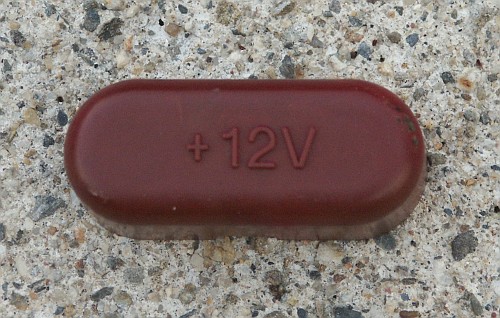
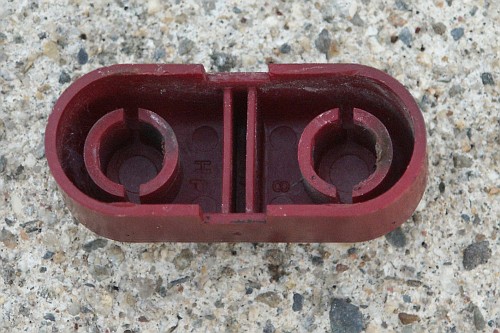
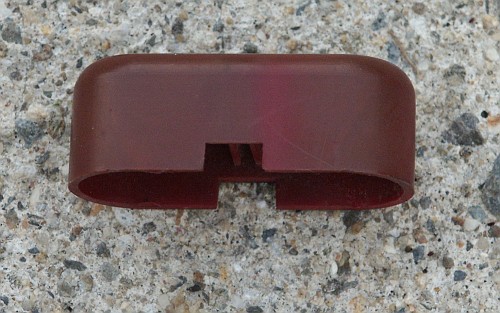
1996-2009 crown victorias have a 3-position safety cap instead of the
2-position unit used on 1990-1995 vehicles.
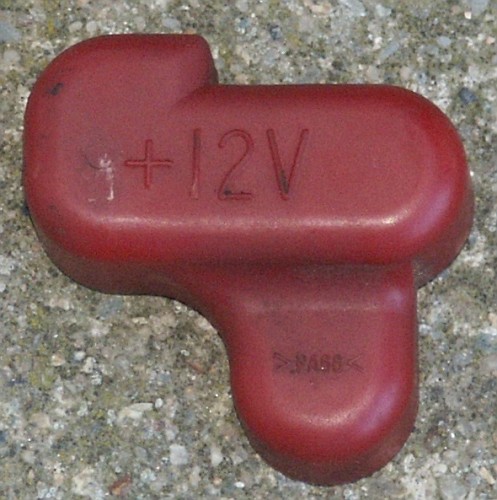
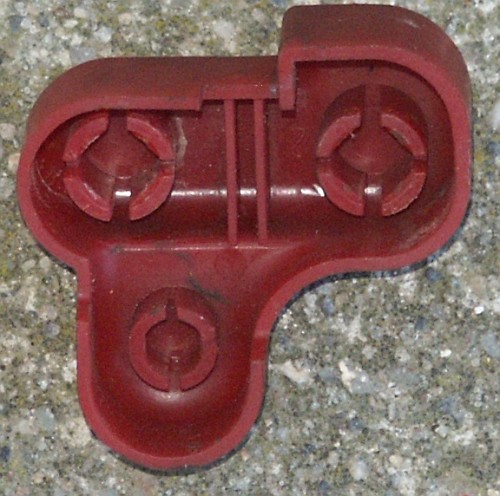
And here's the front of the 2-bolt starter that was used in the
1991-early1992 lincoln towncar. And the early 1992-1992 ford crown
victoria and early 1992-1992 mercury grand marquis.
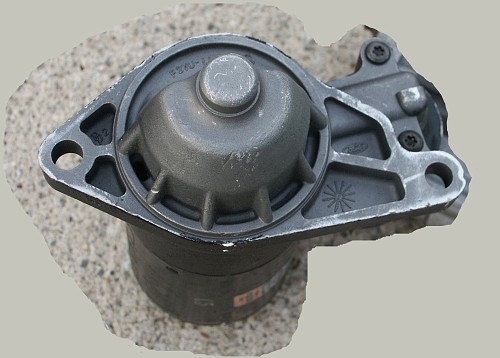
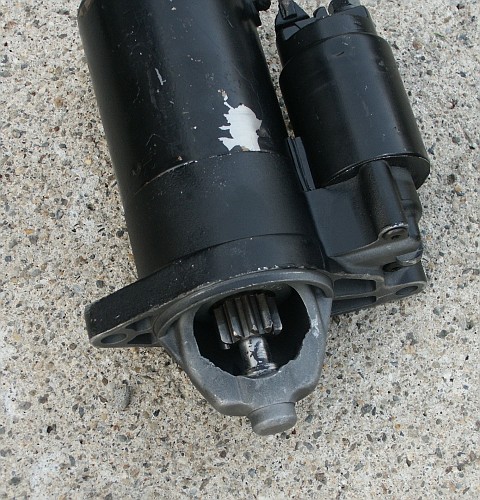
The part number tag from the box
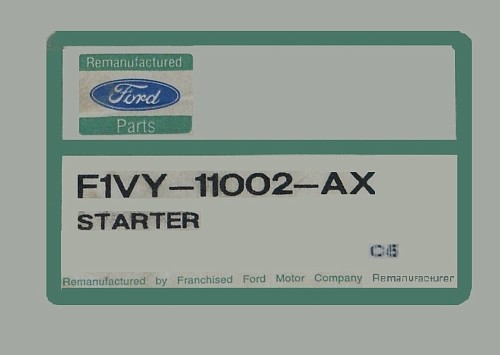
And the cool Authorized Remanufactured Ford Engine Parts label that was
used in the 1990's.
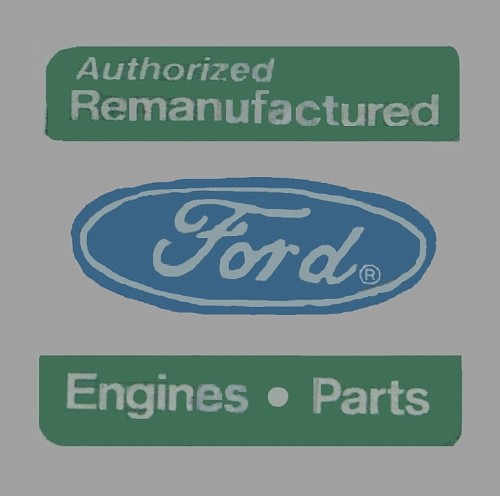
And for comparison, here is a starter from a 1998 crown victoria with
the later post-type ring-eyelet connection on the starter solenoid
S-terminal
With the
battery cable harness installed
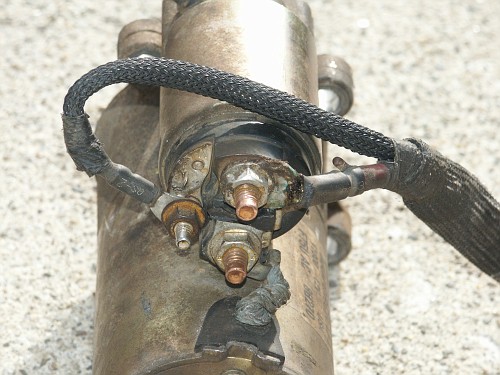
Without the
battery cable harness installed
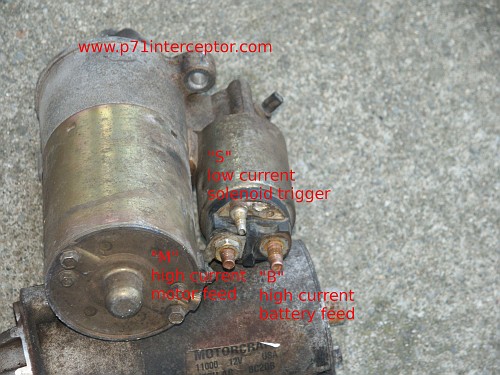
Here's an aftermarket AC Delco PT2382
wiring pigtail to splice onto the
vehicle's electrical harness.
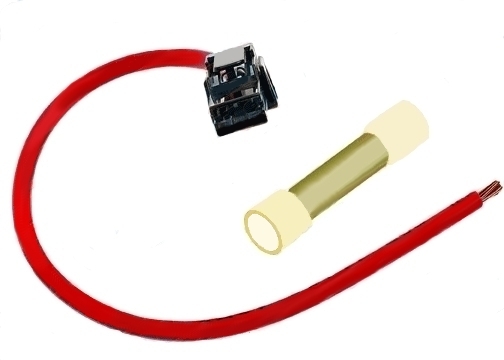
And the Ford Motorcraft WPT-371
wiring pigtail that can be purchased at
your local ford dealer.
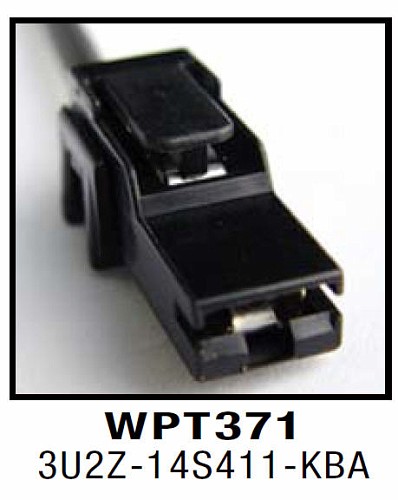
The two above wiring pigtails are equivalent to the F4VY-14A411-A
pigtail referenced in Ford TSB 94-26-3 and
Ford TSB 94-18-3. The two above wiring
pigtails are also similar to Dixie Electric Part #79502-091 referenced
in this aftermarket service bulletin.
To lower the number of starters that need to be stocked in parts store
inventory, there are aftermarket spade->ring eyelet conversion kits
avaliable to use a later starter with an early electrical harness.
FO-X331
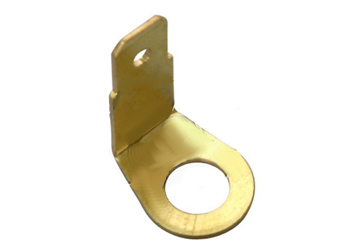
WAI 76-7553
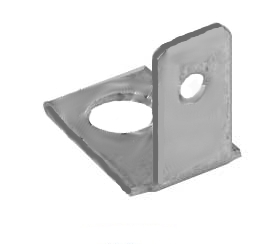
And the spade terminal conversion kit installed on a later ring/eyelet
solenoid equipped starter.
WAI
76-7553
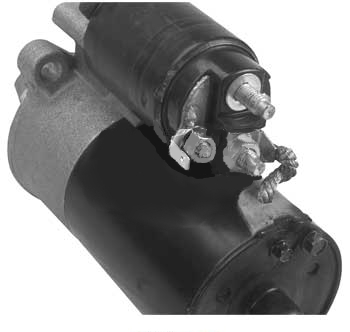
Since the early starter solenoid spade terminal connection setup is
subject to no-start conditions caused by corrosion, many aftermarket
remanufacturers only ship their starters with a kit that requires the
installing technician to convert the vehicle's electrical harness to
the later ring/eyelet connection setup.
You can view one of the instruction manuals that comes with such
starter motor kits by clicking here.
WAI 76-2603

WAI is a large supplier of parts to aftermarket automotive electrical
rebuilders. They also sell a kit with the above conversion adapter in
it along with some heatshrink tubing/ring terminal to allow the
installer to use either of the two above options.
Many service technicians prefer the kit which bolts onto the starter
solenoid and gives a a spade terminal since the install time is lower.
But the vehicle's owner would probably be better off if the technician
had cut off the original spade terminal and spliced on a ring terminal
instead. (That is as long as the technician didn't leave so much slack
in the wiring that the starter solenoid wiring melted from touching the
hot exhaust manifold above.)
WAI 79-2503
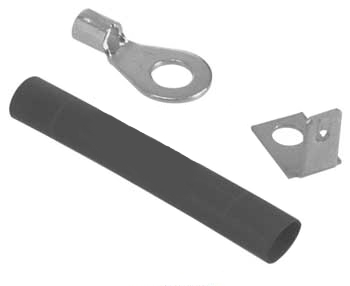
And here are a some pictures of aftermarket ford crown victoria starter
motors from various parts catalogs. Note that all of these starters
include the spade terminal->eyelet post-type conversion kit.
Including this conversion kit has a few advantages:
- Lower store warranty costs
- Improve customer satisfaction if the starter is installed in a
1992-1995 crown vic
- Consolidate part numbers so that fewer different parts need to be
stocked on store shelves.
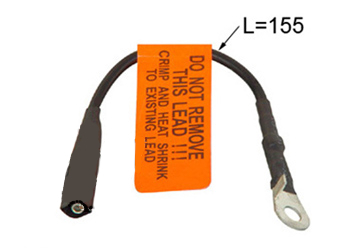
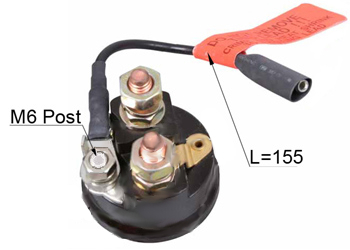
(3-bolt 4.6L 1992-2009 crownvic starters)
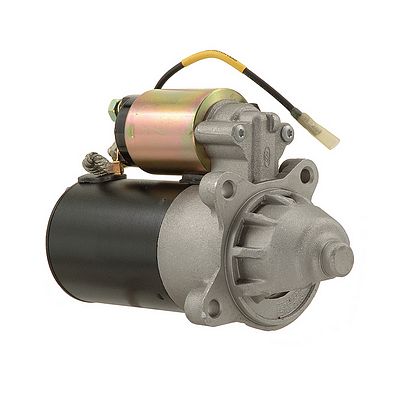
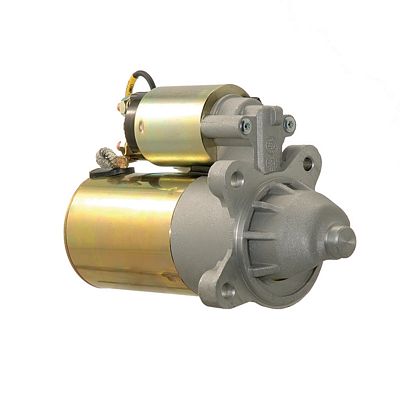
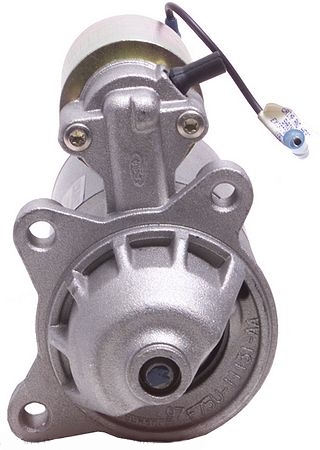
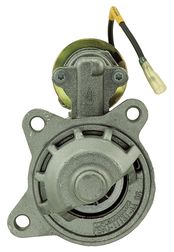
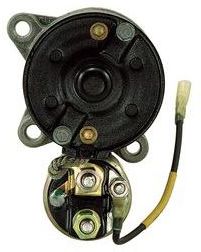
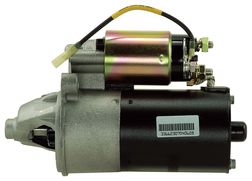
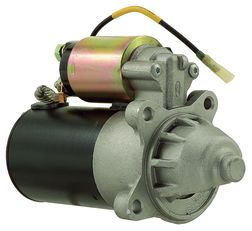
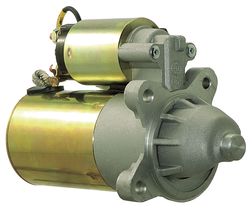
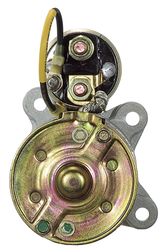
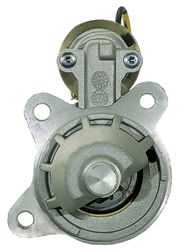
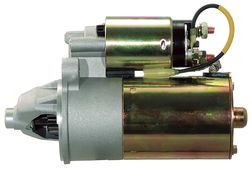
(2-bolt 4.6L 1992 crownvic starters)
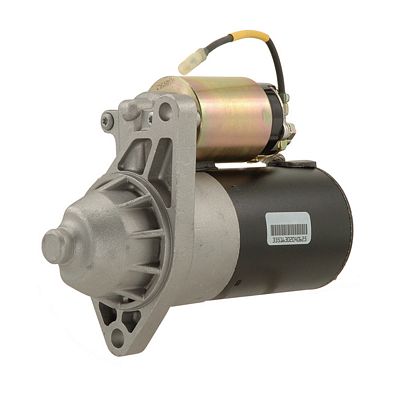
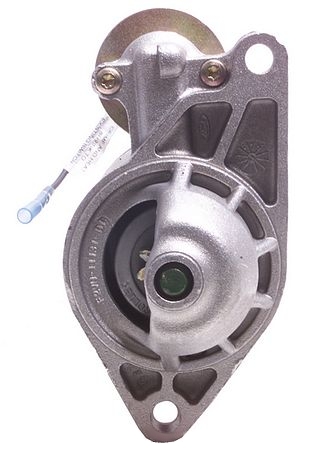
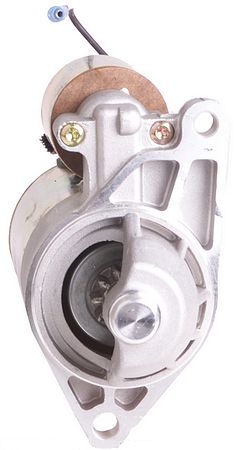
(2-bolt 5.0L 1990-1991 crownvic
starters)
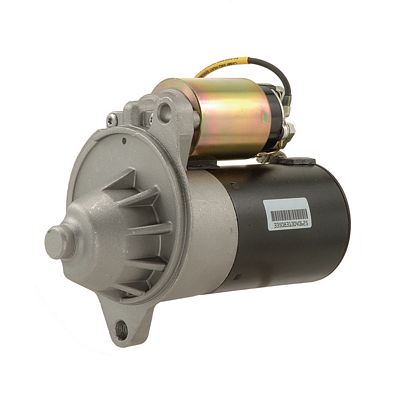
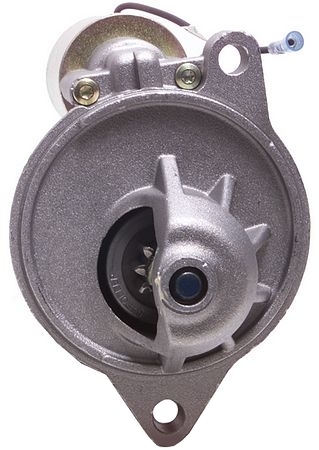
Here's the Motorcraft WPT-877 , Ford 6U2Z-14S411-NA wiring pigtail kit
that was referenced in TSB 06-19-14.
Although this kit is intended to fix a "NO CRANK / STARTER TERMINAL
FATIGUE " condition on late model ford vehicles, you can also use it to
convert an early crown vic with a 4.6L 3-bolt starter to the later more
reliable ring/eyelet
connection style if you have a spare 1996+ crown vic starter avaliable.
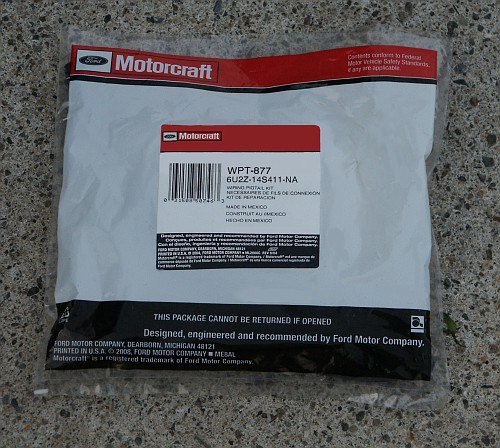
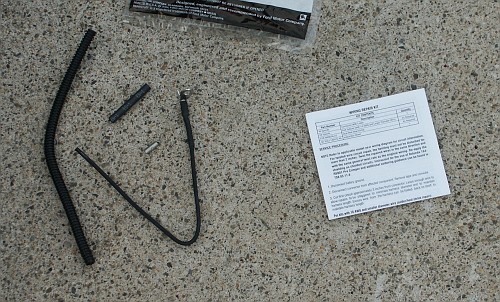
And the wire next to a 2000 ford f150 starter motor for size
comparision.
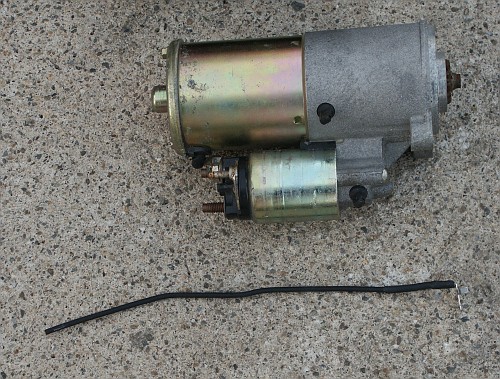
Take note of the adhesive heatshrink tubing to prevent corrosion

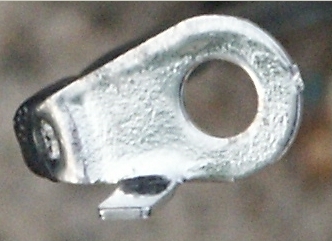
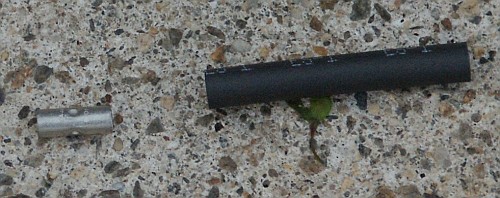
Notes:
-Other ford vehicles used the 1/4" male spade terminal starter solenoid
S-terminal connection setup later than the 1995 model year. For
instance, the lincoln mark viii used this connection setup in 1996 and
the ford F-150 truck used the solenoid spade terminal setup until part
way into the 1997 model year.
-F6VY-14A411-AA WT5673-B Starter Solenoid Conversion Kit






























































